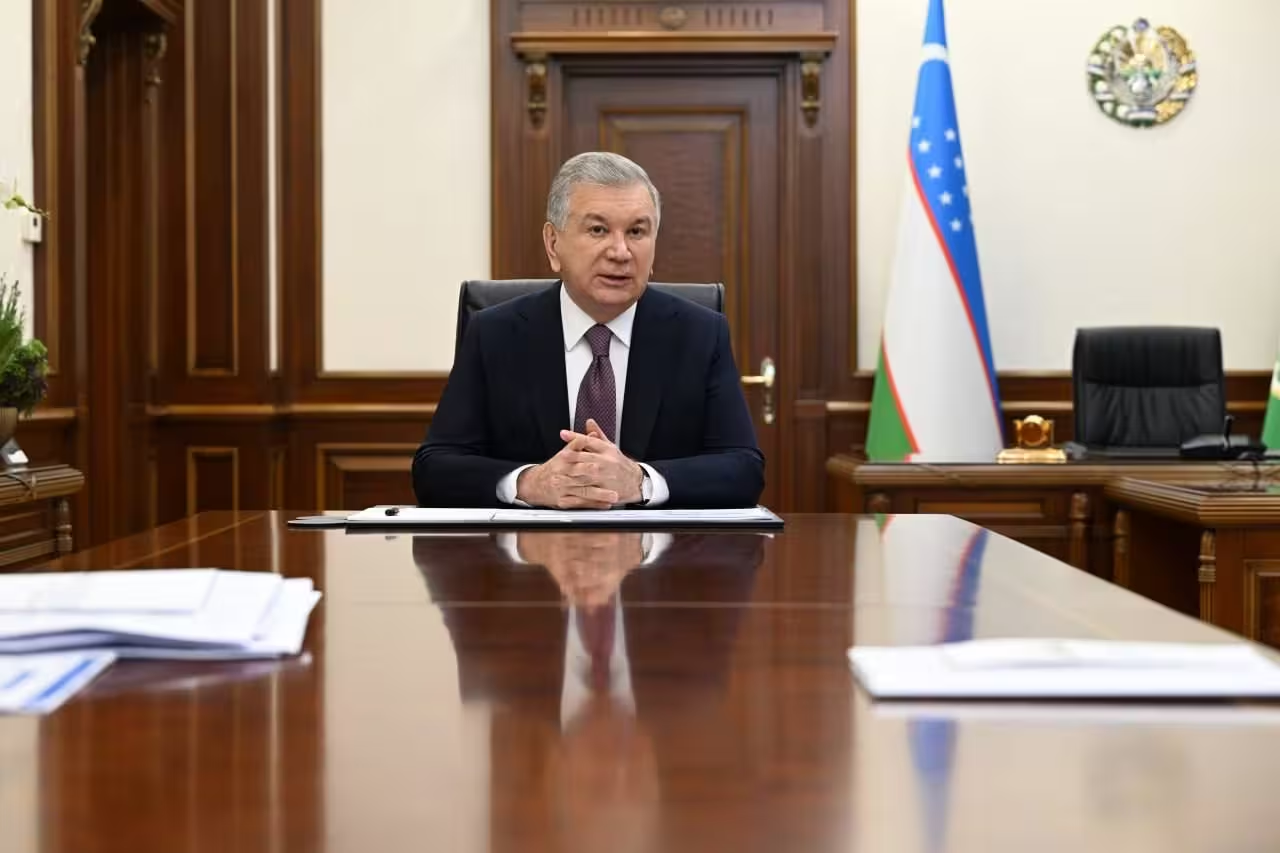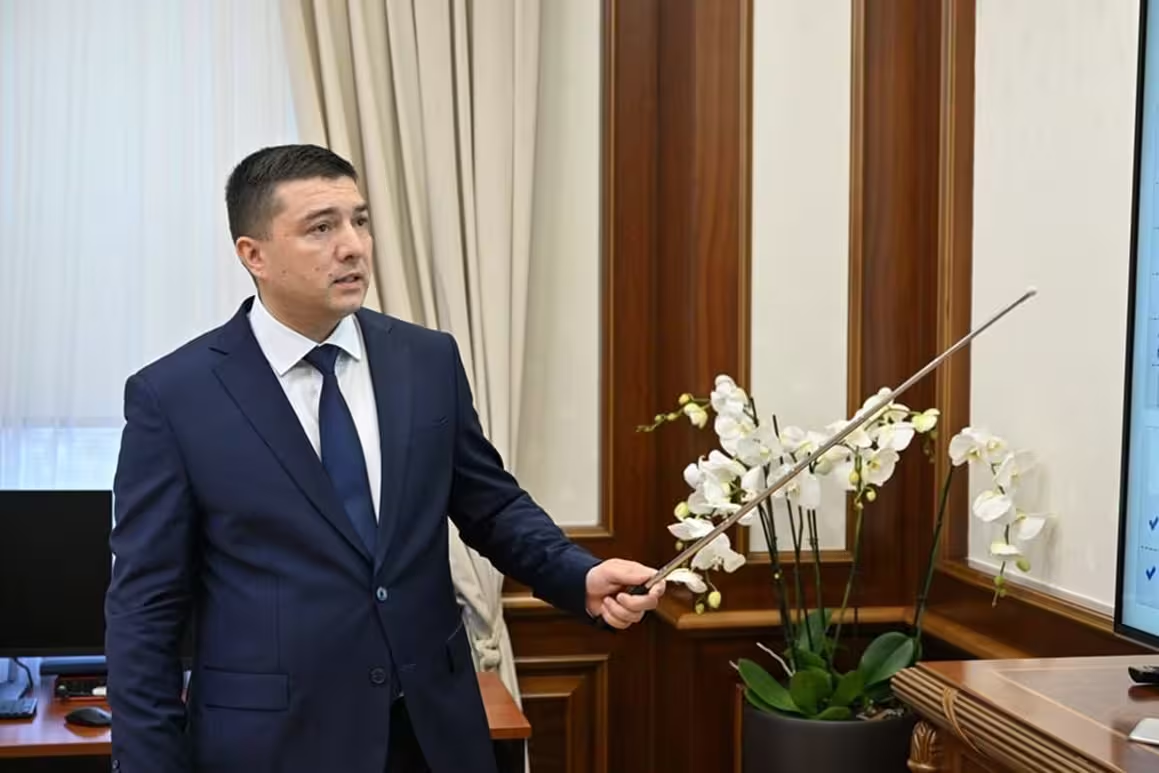President Shavkat Mirziyoyev on August 12, reviewed and approved a comprehensive program aimed at improving water resources management and developing the irrigation sector in Uzbekistan for the period 2025–2028.

Water scarcity remains a pressing challenge in the region, making the careful use and conservation of water a national priority. Over recent years, Uzbekistan has invested heavily in repairing irrigation infrastructure and adopting water-saving technologies.
Between 2020 and 2024, the government allocated UZS 60 trillion ($4.8bn) in budget funds alongside $622mn in foreign investments for these initiatives. Thanks to these efforts, the area equipped with water-saving technologies grew from 4% in 2020 to an expected 50% by 2025.
The newly adopted program sets out ambitious goals to build on these achievements. Key measures include reconstructing 2,551 kilometers of irrigation networks and upgrading pumping stations with energy-efficient equipment, reducing annual electricity consumption from 6.8bn kWh to 6.2bn kWh.
Addressing land quality is also central to the plan. The program targets a reduction in poorly irrigated areas—from 424,000 hectares to 276,000 hectares—and aims to lower salinity and problematic groundwater zones. As a result, 460,000 hectares of previously abandoned land are expected to be brought back under cultivation.
Water-saving technologies will be extended over an additional 1.4mn hectares, including the introduction of drip irrigation on 293,000 hectares. Modernization of control and measurement systems will take place at 20 major facilities. To minimize human error in water monitoring, digital systems will be installed in 12,000 reclamation observation wells and 1,750 pumps, and 12 large water management facilities will be transitioned to automated digital control.

The program also plans to increase the share of concrete-lined canals from 39% to 47%, reducing water loss and improving network quality. It is projected that water savings will reach 10bn cubic meters this year and rise to 14bn cubic meters by 2028.
Digitization and private sector involvement are key pillars of the initiative. Automation has already begun at 18,755 hydropoints across regional, district, and farm levels, with plans to extend automation to field water distribution points. A unified digital platform will be created by integrating 11 departmental programs, supported by an IT center and a Situation Center utilizing satellite capabilities from “Uzbekkosmos (Uzspace).”
Additionally, 5,200 pumps will be equipped with electricity and water meters, with a push to convert large pumps to alternative energy sources. Data from these meters will feed into the digital platform for economic analysis of water use.
Public-private partnerships currently manage 2,612 water facilities. The program proposes to expand private sector participation by offering large pumping stations under attractive conditions tailored individually.
Last year, 159 “Water Supply Services” institutions were formed based on district irrigation departments. The program grants these bodies greater financial autonomy to enhance operational efficiency.
Recognizing the importance of skilled personnel, a training center with a capacity of 200 places will be established to improve specialist expertise in the sector.
President Mirziyoyev also instructed the government to improve regulatory frameworks, boost water use efficiency, and foster a stronger culture of water conservation among the public.
Follow Daryo's official Instagram and Twitter pages to keep current on world news.
Comments (0)